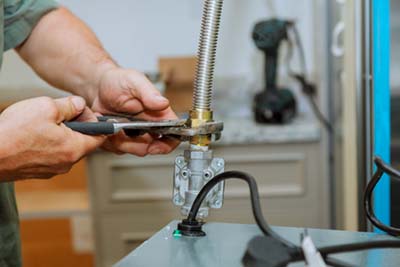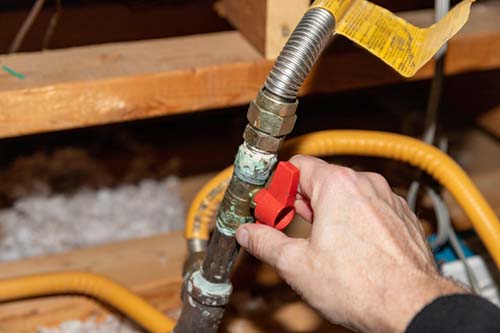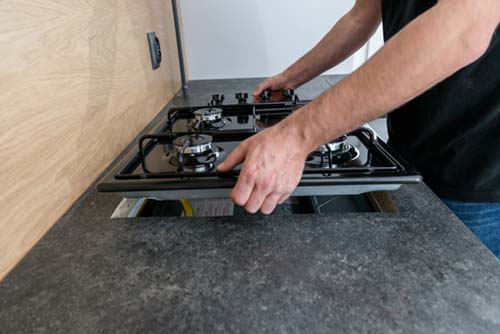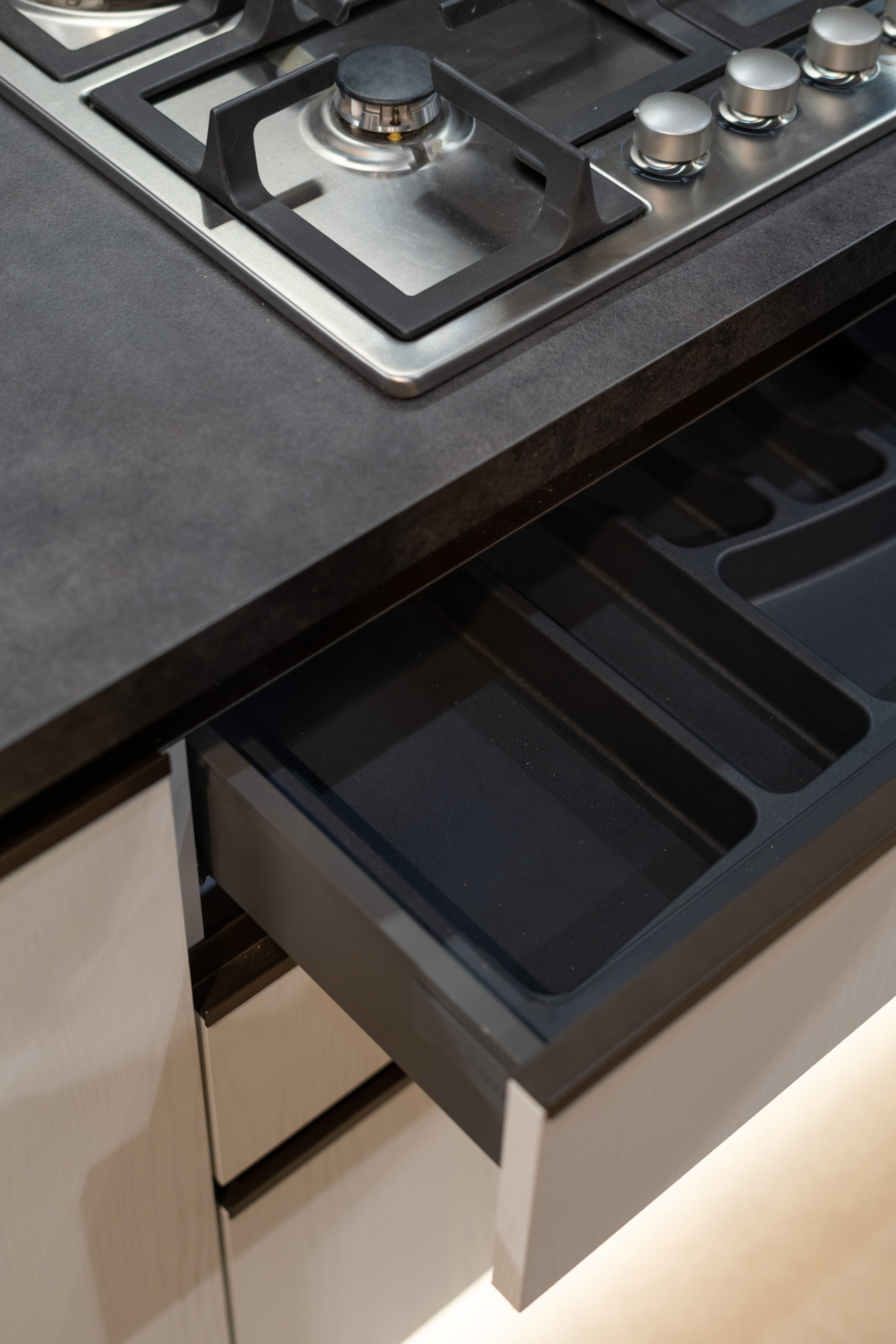Cooktop Installation
There are many types of cooktops, but regardless of the model, the installation is fairly consistent. Unless the cooktop is very large, one technician is all that is necessary.
Installation will typically take between 1 hour and 1.5 hours. Before installation, your technician should give you a chance to look at the unit and confirm that it is the correct model and color.
The basic installation is straightforward. The old unit will be disconnected and hauled away, if necessary. The new unit will be unboxed and prepped. It will be moved into close proximity.
The cooktop will be placed into the countertop cutout. It will be centered in the space. Brackets are used to attach the cooktop to the countertop.
The technician will hook up the cooktop to the electrial outlet and gas line and will test the unit for operation.
Finally, your technician should demonstrate the basic functionality of the appliance.

How do I know if my cooktop was installed correctly?
Below are a few items to consider relative to your installation:
- Is the unit square? You can check that the unit is square to the edge of the countertop.
- Does the unit work correctly? All your burners should be working correctly.
- Do you smell gas? Your technician will normally hook up the unit to the gas line and test for leaks. This can be done electronically or with a solution that will bubble if there are any leaks. However, if you smell gas, turn the local gas valve to the off position and call us immediately.
Other Considerations
Below is a short list of things to consider. This is not meant to be a complete list. Consult your owners manual for information specific to your model.
- Electrical and Gas Considerations
- Gas Hookup
- Countertop Issues
- Cabinetry Issues
Electrical and Gas Considerations
Electric Ranges
Standard electric cooktops require 220 volt power. Check your user manual about the optimal outlet location.
Note: if you have an electric induction cooktop, you will likely need to have your electrician remove the breaker in your panel and replace it with a larger sized circuit breaker. See your owners manual for specifications.
Gas Ranges
Gas ranges typically require 110 volt power in addition to the gas line hookup. The gas line should have a manual shut-off valve located within six feet of the range. Again, check your manual for the optimal placement of the power and gas lines.

Gas Hookup
Your technician will hook up and test the gas connection for leaks. Your gas line should have a valve to allow you to shut the gas off right at the appliance. If you do not have a gas valve or would like your installer to add one, you can request that at the time of installation for an additional charge.
Construction codes typically require that you have a gas valve in the same room as the appliance and no less than six feet from the appliance. Reach out to your contractor for specific information about these requirements.
While your Certified installer can install a valve, he will not able to run a new gas line. A licensed plumber should be able to help you with new gas line installation.


Countertop Issues
Below is a short list of things to consider with regard to countertops:
Countertop Cuts
It is a good idea to have your contractor carefully review the required cutout size in the owners manual before cutting the countertop. If you are replacing an existing cooktop, your new unit could have slightly different requirements than your old one.
Certified Installs can make cuts to your laminate or solid countertops in order to help your new cooktop fit propertly. Its a good idea to have us come to your home in advance to measure and make sure that there are not other issues before installation. Countertop cuts are an additional charge.
Note: Our technicians will use a vaccume in order to minimize the dust from this cut but it is likely that some dust will settle in your home after the cut.
Avoid Using Caulk
Some homeowners want to caulk around the perimeter of their cooktop. The cooktop itself typically comes with a gasket that goes between the cooktop and the countertop to prevent food and dirt from getting underneath the ledge of the cooktop.
Using caulk to seal the cooktop to the countertop is problemantic if your cooktop ever needs service. The service company will often refuse to work on a cooktop that has been caulked for fear that they will damage the cooktop or countertop when trying to remove it.
Cabinetry Issues
When it comes to cooktops, the thing to keep in mind is that the cooktop requires electrical and/or gas hookups directly beneath the unit.
Sometimes, drawers are installed directly under the cooktop. Your installer may have to figure out how to re-route gas and electrical lines so that they don’t interfere with the operation of the drawer.
Sometimes a wall oven is installed directly beneath the cooktop in the lower cabinets. Similarly, the main consideration is the space required to complete the electrical and gas hookups and the routing of the gas and electrical lines.
You can send pictures to Certified in advance and we can try to prevent issues that may arise on Installation day.
Modifications to cabinets may require additional charges.

